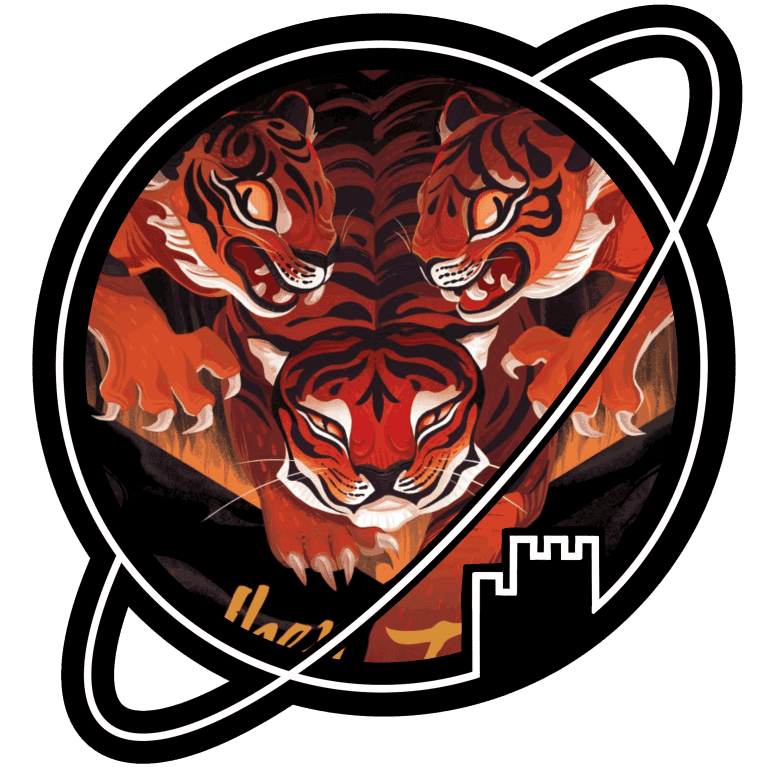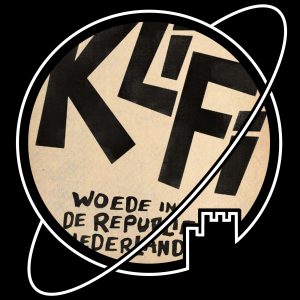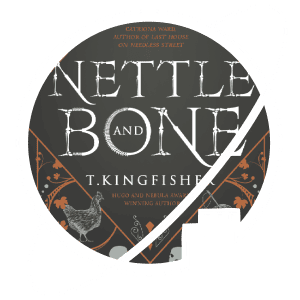- Novella written by Nghi Vo
- Published 8 December 2020
- Part 2 in the Singing Hills Cycle


Listened to the audiobook with Cindy Kay – again, a great narrator. I particularly liked her husky tiger-voice.
I rolled straight from The Empress of Salt and Fortune into When the Tiger Came Down the Mountain – novella-length stories are perfect to whet my appetite and get me craving for more.
When the Tiger Came Down the Mountain is similar in structure to The Empress of Salt and Fortune: it features a frame narrative of Chih on a journey and a main narrative told by one of the characters.
An important difference between the two novellas is that the focus in When the Tiger Came Down the Mountain shifts somewhat from the main tale to the frame narrative. In fact, I found I was far more invested in the frame narrative than I was in the main story.
I suppose this is to be expected if the story of cleric Chih is to be the through-line in the Singing Hills Cycle, but it shifts the balance of the tale.
Vo manages this shift by having two of the characters bicker over the ‘correct’ version of the tale being told, taking turns to tell their version of the story. As a result, there are a lot of breaks in the main tale in which the frame narrative comes back in view.
I like this emphasis on the unreliability of the different narrators as a narrative device, but I think this repetition, alongside the fact that Vo spends more words on the frame narrative, means that there is a lot less space for depth in the main tale.
I still liked the story told by the characters of When the Tiger Came Down the Mountain, but it has more of a fable or fairy tale-esque quality to it, and less plot and emotional depth than the main tale of The Empress of Salt and Fortune.
Then again, in this case, I was happy to lose some depth in the main tale in order for the frame narrative to get some more room – especially because the frame narrative features those mammoths Vo hinted at in The Empress of Salt and Fortune.
I’m only two novellas in so perhaps I’m too quick to judge, but the piecemeal, very limited worldbuilding of the Singing Hills Cycle might solve the worldbuilding problem I ran into with the Murderbot Diaries.
I’m already looking forward to the next instalments in the Cycle. I’m curious what direction Vo will take the series in – wills he focus more on Chih or will she continue the style of a frame narrative and a main story? With some luck, you’ll be able to read my review of Into the Riverlands very soon!















